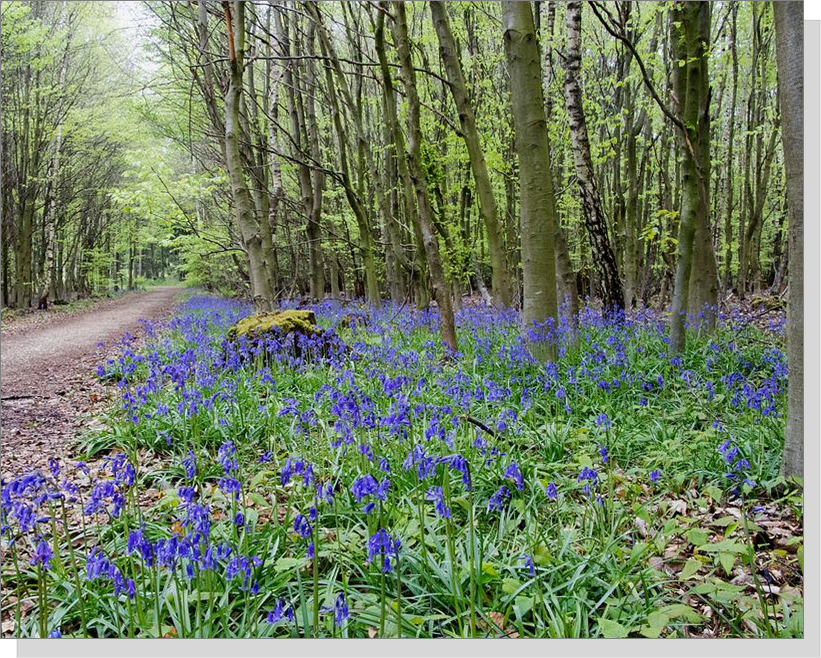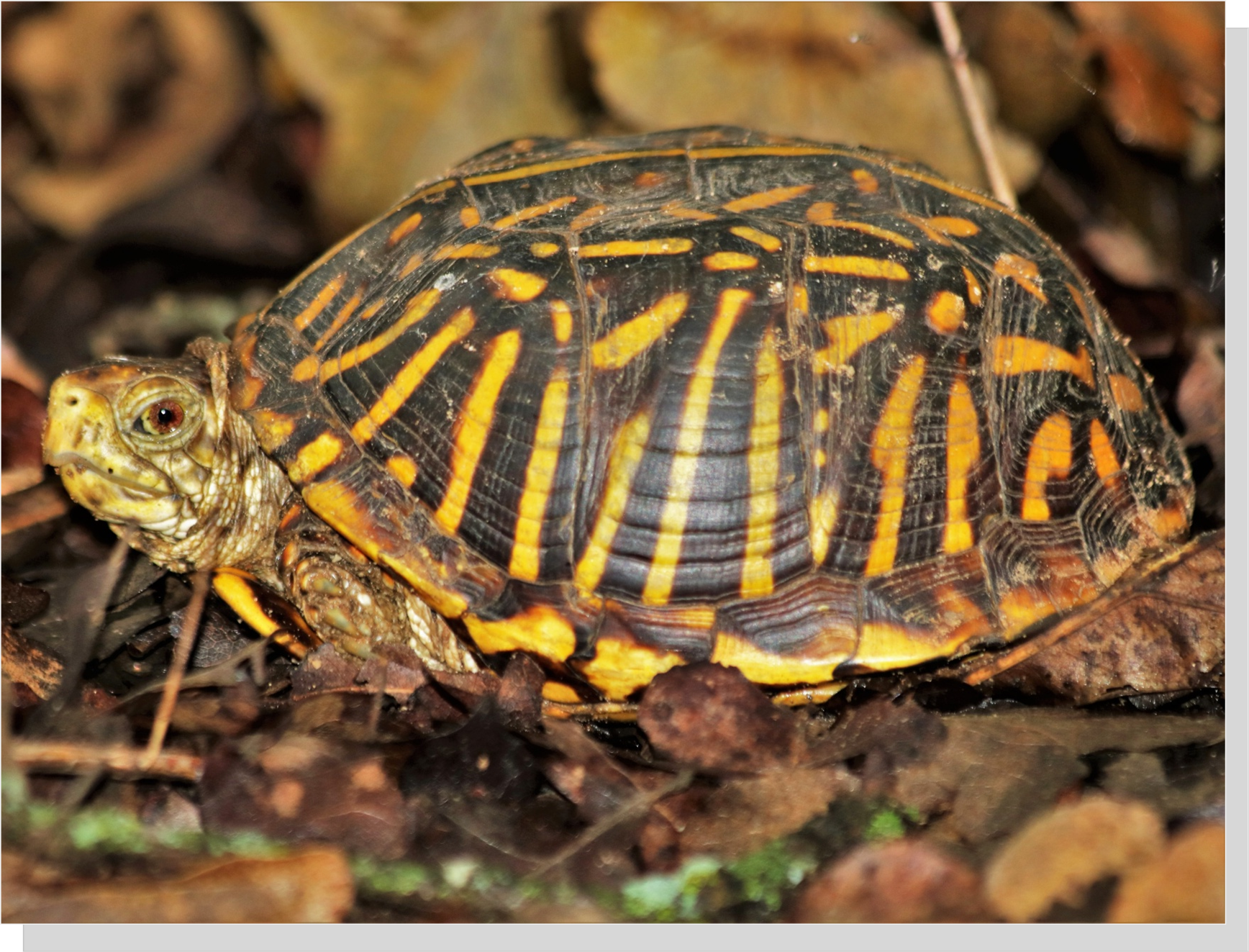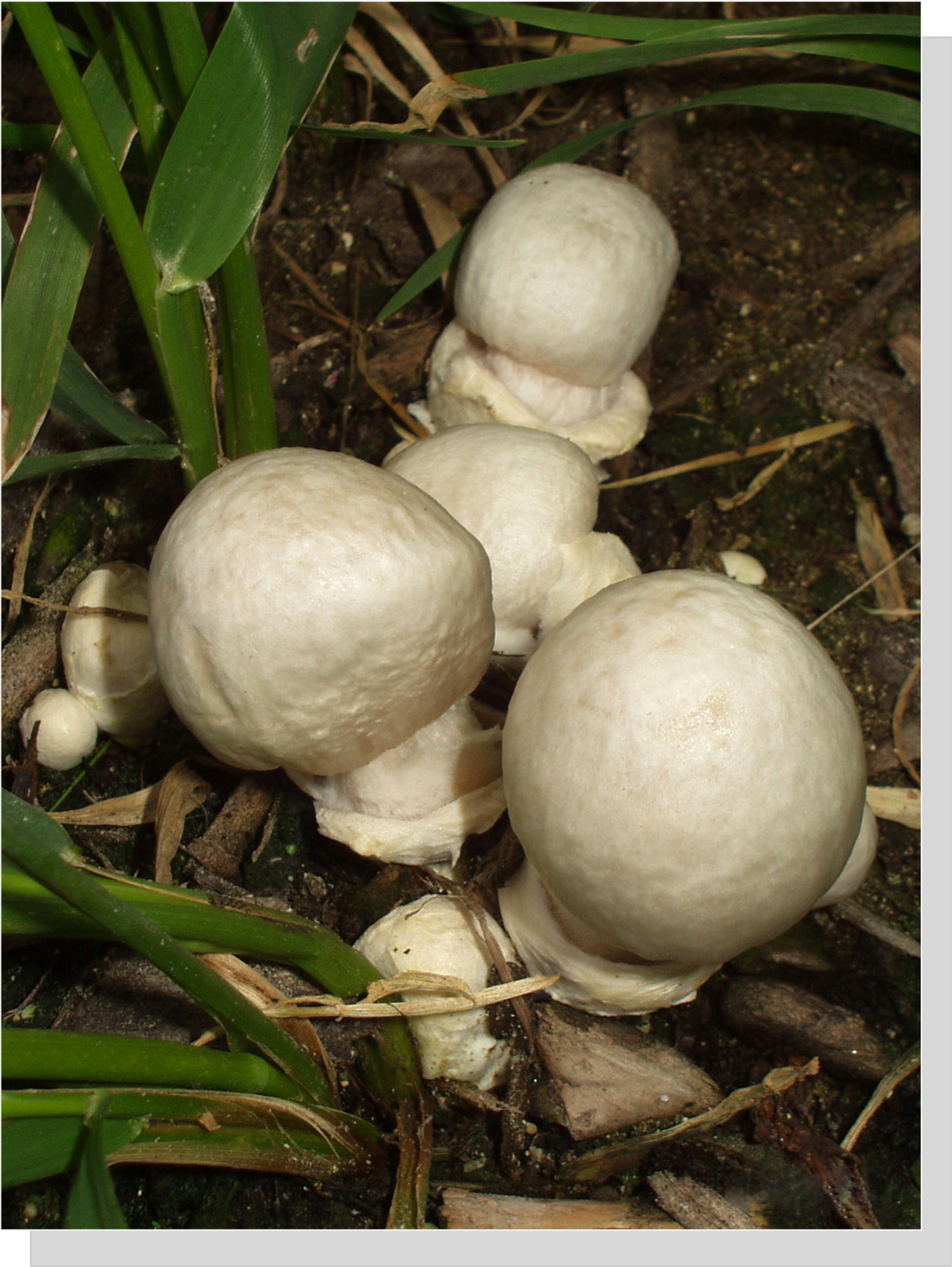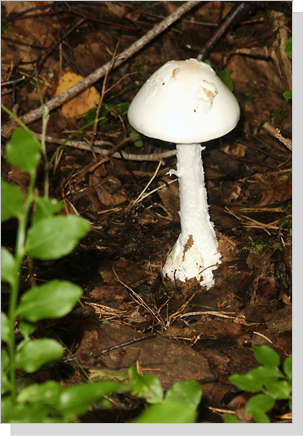
VIEW ON NATURE: After the Downpour
By: Stephen L. Wendt

There’s nothing like a walk in the forest after a long rain to refresh your mind and soul. Early in the pandemic I shared in Endeavor the meditative, restorable feeling of walking in the forest popularized in Japan as shinrin-yoku (forest bathing), and by famous naturalists David Thoreau and John Muir (see Wash Your Mind, 2020).
Walking along a rain-soaked trail stimulates the senses. The crisp air, fresh forest scent, dappling sunlight through the overhead canopy, and muted bird songs speak to me. The forest comes alive after a downpour. All the plants and wildflowers perk up with little dapples of yellow, pink and blue near and far. Enveloped below a thick tree canopy formed mostly by blends of red, white and chestnut oaks, hickory, maples, and ash, I am one with the forest.
And as I quietly pad up the spongy, verdant mossy trail I spy life stirring from storm sanctuary beds. A whitetail deer browsing, a chipmunk foraging seeds, an upside down squirrel eating a mushroom, and a curious ruby-throated hummingbird hovering eye-eye merely three feet away! A shiny box turtle seeking earthworms, a camouflaged toad cocking its head at a ladybug, a packrat grooming, a sleek ribbon of a black and pink ring-necked snake sunning, and numerous forest birds and butterflies flitted about. Wonderful butterflies– forest cloak, painted lady, white cabbage, silver spotted skipper – come in view and to mind. Even the notorious – the stinging buck moth caterpillar and gorgeous cyanide-emitting cherry millipede in all its glory of variegated papaya and yellow joints in its black segmented body -- actively ply the woodland floor for food and mates.
The contrast of darks and lights dramatically emphasize the depth of the woods after the storm. Humus under the Virginia pines blackened, tan stumps turn to sable, lichens perk up with newfound water and reflective light, and spider webs glisten and waver. Blues, greens, greys, and whites accent the profusion of rocks, rounded and flat, big and small in every direction.
Mushrooms celebrate the soggy forest floor. Vibrant yellow witch’s butter, shiny black trumpets, orange and white chicken of the woods, hot pink dog stinkhorns, snow-white parasols and giant puffballs, black devils urns, mottled old man of the woods, and destroying angels (1) were out in their glory.
All brought to us by the strength of natural diversity. The setting, varied lifeforms, sounds, scents, and feel all contribute to the overall experience. Each element plays its part in complex bionetwork. The native plant and animal species, plant communities, geology, availability of nutrients and foods, and more all interact to form distinct and melding ecosystems. The ever-changing process of natural diversity reflects healthy, functioning ecosystems that support all life on Earth, including us.
So plan your next walk in the woods after it has rained to best appreciate all the forest has to offer. There’s nothing like a walk in the forest after a long rain to refresh your mind and soul.
(1) “The destroying angel (Amanita bisporigera) and the death cap (Amanita phalloides) account for the overwhelming majority of deaths due to mushroom poisoning. Symptoms do not appear for 5 to 24 hours, by which time the toxins may already be absorbed and the damage (destruction of liver and kidney tissues) is irreversible. As little as half a mushroom cap can be fatal if the victim is not treated quickly enough.” Wikipedia
Reproduction of any article or photograph requires the written permission of the
The ENDEAVOR News Magazine. Unless otherwise noted, photographs are courtesy of the Annandale Chamber of Commerce photographic archive, Wikipedia, and private collections with all rights reserved.
(Copyright © 2012 Annandale Chamber of Commerce. All rights reserved. (Photographs & images, on this page, and on this website, are not available for use by other publications, blogs, individuals, websites, or social media sites.)
 Wildflowers perk up near and far
Wildflowers perk up near and far
on the forest floor.
 Box Turtle
Box Turtle

The Destroying Angel: "Young specimens like this are sometimes confused with puffballs or other non-deadly mushrooms. Photographer: William Rafti of the William Rafti Institute" Source=en:Image:Destroying Angel.jpg

The Destroying Angel that is only half grown.
Photo by Ben DeRoy
Copyright 2012 Annandale Chamber of Commerce. All rights reserved. Privacy Policy

